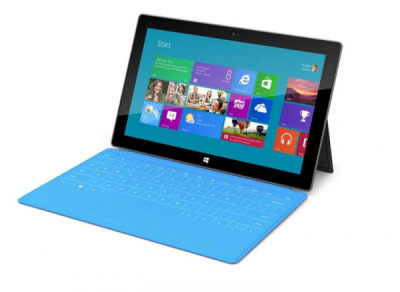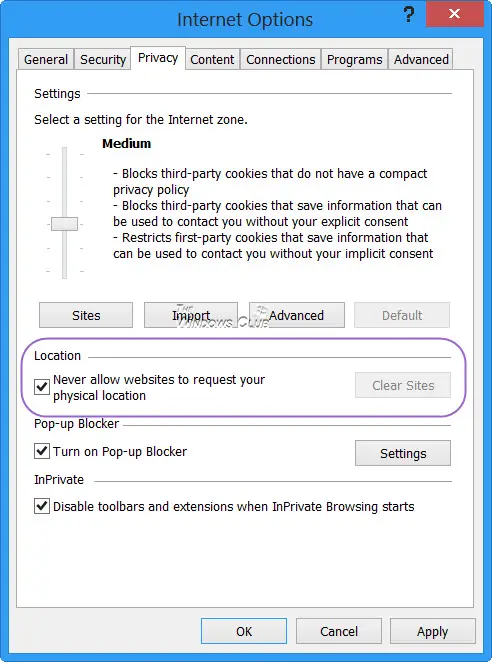
The
act of shutting down or rebooting a PC seems like such a simple task
doesn’t it? When you’re done work at the end of the day, you choose
“shut down” and you’re done until Monday morning. If only the rest of
the world of IT were so simple, right?
For those that manage computers and servers, shutting down and
rebooting takes on a whole new life. When people have problems, IT techs
are often quick to ask if they tried rebooting. It’s not because
they’re lazy, it’s because they know that rebooting a PC fixes nearly
90% of the most common issues out there.
In fact, in the field of IT, the ability to reboot a PC or server
from anywhere in the company or even from outside the company can mean
the difference between fixing a problem from the comfort of you own
home, or having to drive in to work to reboot that machine. Not a fun
proposition.
Thankfully, there’s a really cool tool called Switch that does
nothing more than lets you remote reboot or shut off a computer. Okay, I
lied, it does a whole lot more than that, but on the surface that’s all
it appears to do.
Using Switch To Maintain Your PCs & Servers
So here’s the bottom line about
Switch
in just one sentence – it gives you the flexibility to schedule regular
maintenance reboots, remotely restart servers or PCs when there are
problems, and it lets you actually detect problems and instantly respond
to them without any user input required. Now it sounds a lot more
interesting, doesn’t it?
You install a license of Switch onto the server or PC that you want
to monitor and manage remotely. It allows you to do this by installing
itself as a “server” on your PC, available on port 2388 of your host.

If you notice any problems, you may need to make an exception for it
in your AV software. If you are using this software in a Corporate
environment, you can access it from home by dialing in via VPN and then
connecting to the host using port 2388 as shown above. Similarly at
home, you could
set up your own VPN to connect in from the Internet.
In its simplest form, Switch basically gives you the ability to
connect to that machine using your web browser. On the Dashboard for
that PC or server page, you’ll see the dropdown list with the shutdown,
reboot, or sleep options as well as the option to delay before those
choices.

But that is just scratching the surface of what this software can do.
If you scroll down the dashboard page, you’ll see where you can “Add”
new switches. This is where the juicy stuff resides. When you click on “
New”
you’ll go to a new page where you can configure when and how you want
this PC or server to reboot, shut down or go into sleep mode. You can
have as many “switches” set up as you like, which means you can
configure an entire set of circumstances where the computer will
essentially perform its own maintenance.

What do I mean by this? Well, for instance, maybe you’re running this
in a Corporate environment where Corporate headquarters issues regular
Windows patches and some PCs that don’t have regular users, like
multi-use kiosk PCs, may never get rebooted. Switch lets you either go
in and reboot remotely, or you can just set up the PC to regularly
reboot once a month or so, and you never have to worry about a
post-patch reboot on that PC again.
Another really cool feature that I like for my laptop is the
“Low Battery”
switch option. This is useful for those times when you accidentally
leave your laptop sitting at home, turned on, and unplugged. Rather than
let the battery run down to absolutely nothing and potentially have a
hard shutdown that could affect the hard drive, you can set up a switch
so that when it detect a certain low battery percentage (say 20%), it’ll
automatically shut down or go to sleep mode – your choice.

Oh, and here’s another really cool feature – the “
Ping”
tool. This Switch allows you to have the computer automatically perform a
regular ping to some URL or IP address. When the Ping fails, you can
have the computer reboot.

So, why on earth would you ever want to do this? Well, if you think
about it, this is a good way to constantly monitor the network
connection, or even the Internet connectivity of a server or device. If
you have a critical PC or server that
has to have a good
Internet or network connection, this will allow you to instantly detect
problems and then perform a reboot that will hopefully resolve the
connectivity problem.
It also allows a nice delay so that it’ll only reboot if connectivity
is lost for up to a certain amount of time, like 30 minutes or an hour.
Rebooting doesn’t always fix the problem, but anyone in the IT field
knows that very often it does, and it can save you a lot of downtime if
the computer automatically tries that option without your intervention.
Another feature of Switch is the ability to ensure a certain process
is running. If it isn’t, you can reboot the PC so that it kicks off upon
startup again.

This can be really useful for servers where you have a single critical process serving lots of clients. That
service
has to be up 24/7, and when it’s down, the server is essentially
serving no purpose. It’s a paperweight. You know the service launches
upon startup, so why not just have the server reboot itself, restart the
service on its own, and the connectivity issues your users experience
just went down dramatically.
The Dashboard page gives you an overview of overall uptime for that
system (time since last reboot), and a list of all of your configured
switches.

Switch also provides you with a logging feature that you can use to
make sure that all of the switches you set up are working as desired.

The service also comes with a nice login security feature so that
only you, the administrator, have the ability to configure and monitor
the switches.
Another really cool feature is e-mail notifications, where you can receive an email every time one of the switches is triggered.

This is a nice way to have an overview of the activity for all of the
computers where you’ve installed switch – so basically you get to sit
back and be an IT superhero without exerting very much effort. Isn’t
that what every IT administrator dreams of?














 The
act of shutting down or rebooting a PC seems like such a simple task
doesn’t it? When you’re done work at the end of the day, you choose
“shut down” and you’re done until Monday morning. If only the rest of
the world of IT were so simple, right?
The
act of shutting down or rebooting a PC seems like such a simple task
doesn’t it? When you’re done work at the end of the day, you choose
“shut down” and you’re done until Monday morning. If only the rest of
the world of IT were so simple, right?

























